How fake news on cars, emissions and climate action really works
Here's exactly how the so-called journalism within motoring media bakes the automotive news bullshit cake - and why it matters to consumers like you...
In this report, we’re going to explore and decipher how the car industry with its clutch of tame motoring press spins misinformation on the most important problem of our time - climate change.
I’ve had enough of cars being made Public Enemy #1 >> They say 2022 was ‘the climate election’, so let’s take a good look at the mainstream motoring media and how the car industry is in a bad habit of fake news manufacturing.
Let’s start with the lobby group, recently:
Sorry (not sorry), FCAI, but you are full of horseshit.
The claim: Cars are “around 10 per cent of transport emissions”. The facts: Cars are 44 per cent of transport emissions.
This is documented in the national greenhouse accounts >>, which are produced to an international standard and publicly downloadable, and you need only read four pages of them, to fit cars into the emissions picture.
Here they are (click to enlarge & download):
You’ll find an in-depth analysis of the National Greenhouse Inventory report 2020 >> here, check out Page 35, volume 1.
The previously quoted bullshit FCAI statement first appeared in this press release, which was then dutifully regurgitated by the exemplar hack publishers - some of the country’s elite cut-and-paste specialists - including Drive, Car Expert and Wheels.
They all did it, right here:
I would argue that if, as a journalist, you merely republish without checking, you are no longer doing journalism. You’re doing PR. In other words, you’re a bullshit amplifier - and you’re throwing your audience, the public, under the bus.
If you’re going to write even a featherweight industry article off the back of a poor-quality press release - then you still have a moral obligation to at least check the claims made by some vested lobby group. Because PR is not supposed to inform journalists. As a journalist, you are the gatekeeper to what is published under your name and masthead.
If cars were only 10 per cent of transport emissions, and transport is only 18 per cent of total greenhouse, why all the public outcry, over just 1.8 per cent of total emissions?
So, here we go - from one extreme to the other. Cars are either trivial, if you believe the FCAI, or capable of taking us 40 per cent of the way to Green Uptopia >>. I don’t see how they can be both.
That last quote is from a story by Kathryn Fisk over at Wheels. Published roughly a week before the COP26 Glasgow climate summit in October last year.
The tantalising prospect is: just cap CO2 tailpipe emissions progressively, and reduce national emissions by 40 per cent. Sounds easy, right?
But cars are, in fact, only eight per cent of total emissions, according to reality, so it’s hard to see anything we do with cars affecting total emissions by more than eight per cent.
I don’t know whose bullshit that claim is and I’m not accusing Ms Fisk of being the bullshitter. She might simply be reiterating someone else’s bullshit, in good faith. Which is hardly journalism, in my opinion. Or it could be an honest error stemming from trying and failing to digest a complex report. Or just copying and pasting someone else’s failure.
I can tell you the Grattan Institute did not mess this up.
The Wheels claim gestated in this report from the Grattan Institute >> in October last year. Download it for yourself here >>
But Grattan did not claim a tailpipe emissions cap could reduce Australian emissions by 40 per cent. Their modelling demonstrated a cap could achieve 40 per cent of the reductions needed to meet Australia’s anorexic emissions reduction target for 2030.
This is pretty clearly not the same thing as a 40 per cent reduction of total emissions. It seems someone was unable to digest the report and summarise it with reasonable fidelity, and insufficient checks and balances were in place. Still pretty fake news.
In other words, unless we figure out how to make cars suck in CO2 and emit diamonds, there is no fucking way a tailpipe CO2 cap could “reduce Australia’s emissions by 40 per cent”.
There’s also the staggering time it takes anything we do with new cars to filter through, with 12 or 13 million cars on the road, each lasting about 15 years.
So well done again, Wheels Media, delivering fake news for the uneducated: ‘Cars are only 10 per cent of transport emissions - that’s nothing’, and also adding to the misinformation swamp of EV zealots and green utopians, by saying ‘if we just cap emissions, we’ll cut total emissions by 40 per cent because Grattan Institute says so.’
Both are nice, convenient ideas, but it’s also just amplified fake-news bullshit.
My AutoExpert AFFORDABLE ROADSIDE ASSISTANCE PACKAGE
If you’re sick of paying through the neck for roadside assistance I’ve teamed up with 24/7 to offer AutoExpert readers nationwide roadside assistance from just $69 annually, plus there’s NO JOINING FEE
Full details here >>
AutoExpert DISCOUNT OLIGHT TORCHES
These flashlights are awesome. I carry the Olight Warrior Mini 2 every day - it’s tiny, robust, and super useful in the field or in the workshop. Olight is a terrific supporter of AutoExpert.
Use the code AEJC to get a 12% discount >>
WHY TRUTH, DILLIGENCE AND FACTS IN JOURNALISM MATTER
If you, as the public (the audience), read that a credible institution, like the Grattan Institute, has a roadmap for cutting national emissions 40 per cent simply by focussing on ‘tailpipe emissions’, I can understand why ordinary people demonise the car in the context of climate.
But, as demonstrated, if you reduce all transport emissions to zero, it’s only 18 per cent of the total, not 40. And cars are only about half of all transport. Ground all the planes, stop all the trains, park all the trucks in the desert - 18 per cent is the only difference it’ll make. Not 40. It’s not practical. These are called facts.
44% of that grand 18th% transport emissions total? About 9% - that’s all the difference cars make to Australia’s emissions.
This is why the climate problem is hard to solve. All the ‘obvious’ solutions involve going back to living standards from the 12th Century. The 12th Century sucked.
Motoring journalists should just admit what they really are: They’re not journalists. They’re car reviewers. You don’t need to be a journalist to review a car. You just need to suck the gravy train - keep up the frequent flyer points, the press cars, the product launches.
The problem with tackling complex issues as a car reviewer is: You’ve jumped in the deep end without learning to swim. You really shouldn’t do that. You’re just a bullshit amplifier.
The way publishing really works is, the story you click on to read, is really there only to deliver an important message:
That quote’s from the FCAI suck-piece at Car Expert. The story is just a delivery system for paid clickbait from the official carmaker to Satan. Configure and get pricing, dude.
People think fake news is sinister. Sometimes it might be, but generally I don’t see that. I think it’s mainly laziness and ignorance. Put them in a blender, you get incompetence.
Still, laziness and ignorance must be quite liberating. Laziness liberates you from any imperative to check anything. Ignorance liberates you from scepticism, meaning anything could be right provided it sounds vaguely credible, and is uttered by the right talking head.
How can the FCAI’s half-baked ‘10 per cent’ emissions statement be made any other way? How can it can be parroted by purportedly credible publishers without systematic in-house incompetence supporting that?
That’s the mechanism of you (the audience), getting thrown under the misinformation bus. You read that crap and it has been cloaked in legitimacy by virtue of its publication. It emanates from a legitimate-sounding organisation, and it’s there in black and white beneath a notionally credible masthead.
(But don’t worry about all that important journalism stuff: New GLA, from Mercedes-Benz. Configure and get pricing.)
Multiply this example by thousands of amplified bullshit statements online. A tsunami of incompetence-driven fake news that smashes the epistemology of reality.
Time to learn about a big, new, scary word, folks - including journalists. Epistemology is just the science of knowledge. What we know, and how we know it. Is something a fact, or just a belief - that kind of thing.
Example: You will die if you step off the average 12th floor balcony. That’s a fact. (Even though some people think gravity is “just a theory”. Seriously.
An unobservable god who loves you, but who will also roast you in hell for eternity for perving on the neighbour sunbathing and thinking impure thoughts - that’s just a belief. Epistemology.
Unfortunately, facts drown in bullshit when the dam of epistemology breaks. The amplification of bullshit can break the consensus of reality. Example: “CO2 is just plant food”. I’d love $10 for every time some moron has attempted to refute the existence of climate change with this nonsensical soundbite.
Drowning the epistemology of reality in bullshit makes it impossible to fix important problems like climate change, vaccination hesitancy, pandemics, and firefighting or flood preparedness. You can’t solve significant problems when everyone uses different alleged facts.
Cars are part of the emissions problem - there is no doubt - eight per cent in Australia. Fugitive emissions (from coal and gas mines primarily) are nine per cent. Agriculture is 13 per cent (roughly 50 per cent more than cars). So-called ‘stationary energy’ - coal - and gas-fired electricity generation, mainly - is roughly six times more of a problem than cars.
The fugitive emissions and the electricity generation go together, because the mines and the power stations are part of the same system, generally. So (combined) that’s about eight times bigger, problem-wise, than cars. These are facts.
If you look at this from the viewpoint of implementing a solution efficiently: about half of available climate change-combatting resources need to go to greening up electricity. About 13 per cent needs to go towards agriculture. And about 9 per cent needs to go to making mines less filthy.
Just eight per cent of the cognitive bandwidth, the money, the time, the effort, needs to target cars. No other approach makes sense.
But much of the greenhouse debate has been hijacked, probably by design, because the car is a symbol we can all relate to. The car carries much more of the burden for climate change than its pro-rata contribution warrants. This is a fact.
Eight per cent. That’s all cars. New cars are already cleaner than older cars. Diesels emit 20-30 per cent less CO2 than petrol cars, kilometre-for-kilometre. Yet, diesels are considered filthy, thanks to Volkswagen and scientific illiteracy, mainly.
It’s not just the cars we buy - it’s how we use them. If public transport were free and awesome, more people would use it. COVID proved that working from home cuts vehicle emissions significantly. That’s in the greenhouse accounts.
None of these kinds of things is a frontline issue for the FCAI because they don’t care about climate, clearly, because they haven’t bothered to represent or research the facts. The FCAI represents carmakers, and carmakers just want to entice various regulators to make policies that help sell more cars. But clearly, more consumption, of cars or anything else, is not how we solve the climate problem.
Hilariously, the FCAI actually sees itself as some kind of authority on this, with a duty to educate the government. So much confidence from such a vested party with a profound conflict of interest:
That was Tony Weber in 2016, and six years later, the FCAI still can’t get its message straight delivering the basic facts.
He’s quoted in ‘Go Auto News’, which is a little-known car industry publication for dealer middle-manager and marketing types.
The FCAI is very well funded. Sufficiently funded to pay someone who could read four pages of an important PDF in order to know enough so they didn’t look like a goose when they make public statements about emissions. Is there a more important topic the car industry should be fully aware of these days?
Not only that, there’s a whole board of 12 senior Australian automotive executives in charge. Don’t they know the emissions basics? They should, given how tight government regulations are getting and how profoundly companies like Volkswagen have been scalded for their emission-related actions. Not to mention the endless rhetoric going around about how electric vehicles claim to save on emissions. You’d wanna know as much as possible, right? You’re trying to sell EVs, aren’t you, Mr Car Company?
If I was a car company exec, I’d want to know what my products are pumping out, by memory.
Let’s meet some of these elite car industry shot-callers. That could be fun:
Matthew Callachor - FCAI chair, boss of Toyota Australia. Toyota, the misleading and deceptive bar-stewards who took the preposterously anti-consumer decision knowingly to sell 260,000 potentially defective 2.8 diesel Hiluxes & Prados to unsuspecting chumps.
That’s a conga line of Toyotas stretching from Melbourne to Brisbane.
Now, Vinesh Bhindi. The FCAI vice chair and boss of Mazda Australia.
Mazda Australia: Convicted in Federal Court of misleading and deceptive conduct and making false or misleading representations to consumers about their rights.
Hard to see that being just some terrible accident, in my opinion.
Then there’s Paul Sansom - also an FCAI vice chair, and Boss of the filthy emissions cheat brand, Volkswagen Australia. Volkswagen Australia, convicted in Federal Court of misleading conduct. The $125 million fine was a record-breaker, soon to be pipped by Toyota, potentially.
So it’s fair to say Volkswagen is an elite anti-consumer organisation which was denied even the right to appeal the fine. That’s pretty damning.
Volkswagen, just as a reminder, is a delightfully criminal organisation in the US. Convicted of felonies: conspiracy to defraud, violating the Clean Air Act, and misleading regulators and the public about emissions compliance, obstruction of justice (for destroying the documents relating to its crimes) and criminally importing the cheating vehicles.
It’s all detailed in this US DoJ news release from 2017. I note they never said it was an accident.
I would argue it’s a violation of the law of conservation of irony, to plonk the boss of Volkswagen Australia in the deputy’s chair of an organisation that considers itself obligated to educate governments about the regulatory path for vehicle emissions.
There’s a theme here, right? Among these shot-callers. They front anti-consumer organisations which are disinclined to respect the rules, and also seemingly totally okay with stuffing customers around. These are facts.
When I call the FCAI a ‘grubby’ lobby group, this is why. I make no comment about these men as individuals - that’s not why they’re there. I’ve never even met Mr Callachor, VB or Mr Sansome, and long may that continue as my status quo. They sit on that grubby lobby group board because they represent the companies they front. It’s about the underlying character of the organisations represented.
Is this the A-team whom you would like to see represented and well funded, face-to-face, lunching with, and educating government in respect of a problem which, if mis-handled, could render the planet uninhabitable? (I’d rather see a bunch of scientists and engineers tasked with that, with no significant convictions in their CVs.)
None of them seem apparently sufficiently versed in the basic emissions facts to pick up a telephone and suggest an edit of that appalling statement in the interest of accuracy and/or credibility.
Well done, FCAI senior management.
These organisations do not care about the climate problem. They splash millions of dollars annually to leverage the climate problem into regulatory policies that simply sell more greenwashed cars. They want subsidies and they want to lay any blame at the feet of, for example, fuel refiners.
In the marketing department, they leverage consumer demand for climate action into the quaint, and mostly indefensible notion that buying some allegedly green EV will allow you to ‘do your bit’.
The original ‘10 per cent’ FCAI release and the amplified knock-on bullshit in the media have been live for a while now, and nobody has bothered to correct it. Thus the facts continue to drown in the information sewer. Again.
Here’s Why 'Zero Emissions Vehicle' will be the great auto industry lie of 2022 >>
Recent comment there from James Barnes, a solid, engaged viewer on the channel. Unafraid to append his actual name and face to his ideas #respect.
On every little bit helping: agreed.
However, there is a danger if we think focussing on cars can solve the climate problem.
If you want to cut tailpipe emissions tomorrow in the order of 10 per cent, Albo’s mob should launch a public education campaign about how to drive more efficiently, and incentivise businesses to allow their staff to decentralise and work from home where possible.
You would not need to incentivise the workers because they would save heaps on fuel, parking, tolls, and wear and tear.
You don’t need to buy an $80,000 EV to slash emissions, and wait 20 years until the average car is an EV.
This is something the car industry would prefer you not to think about. Fancy being able to contribute without buying a new car. That’s disgusting. How counterproductive. Dipshit ministers and their senior staff are divorced from reality, so don’t expect any help there.
Inconveniently, the government is awash in taxation from the 30 billion litres of liquid fuel we burn annually. That’s a $15 billion disincentive to reduce consumption, right there. So it’s hard to see actual effective solutions, which we could implement today, easily, floating to the surface of the sewer.
None of these bullshit amplifiers appears to know even the basic facts, which can be learned in 10 minutes, by skimming four pages of a free PDF.
Fake news is not malice. Some villain is not pulling the levers here. It’s just a souffle of bullshit amplified by incompetent organisations feeding off each other, symbiotically.
But relax. The facts really don’t matter. Just click and configure that shiny new Mercedes.

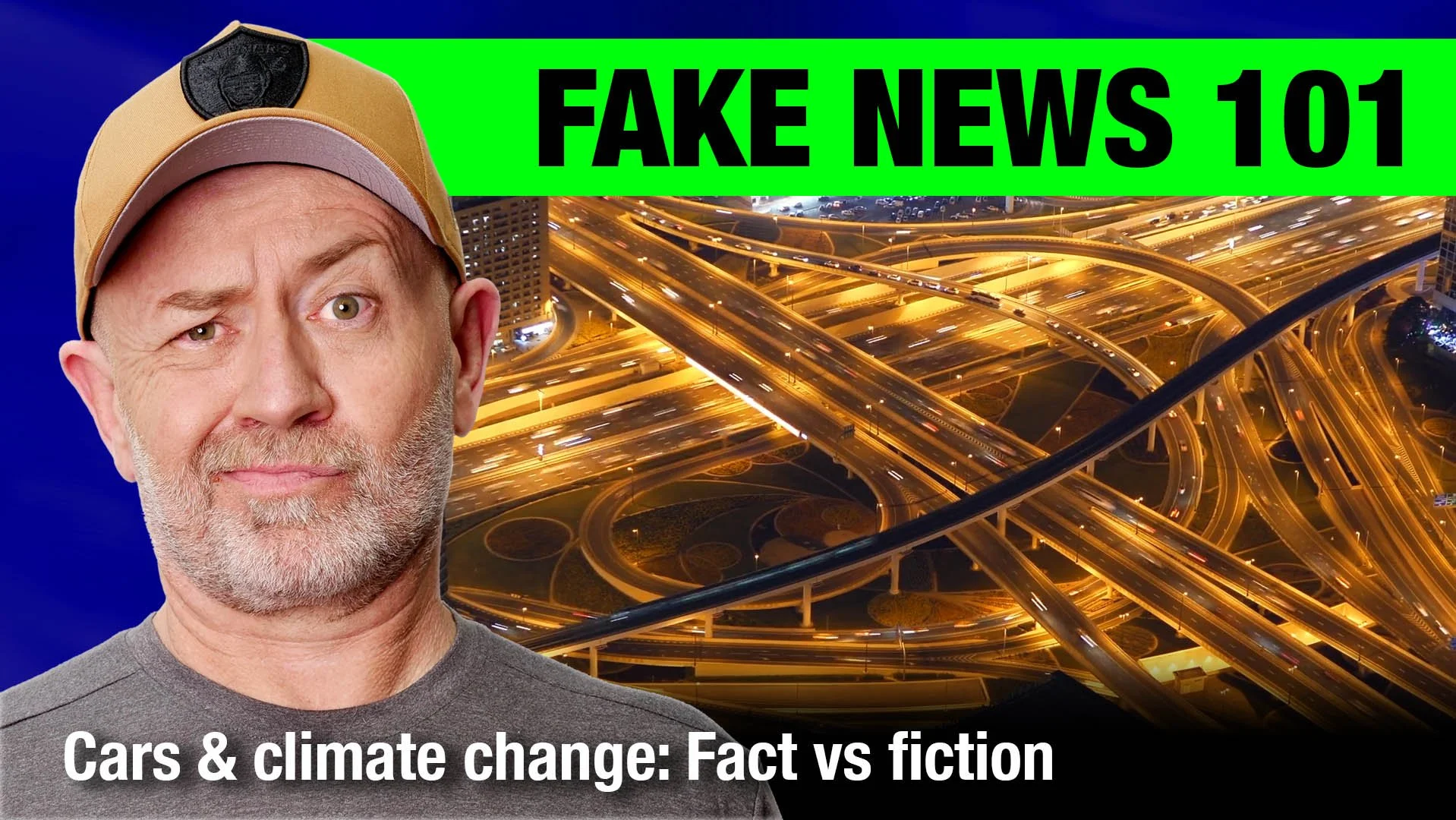










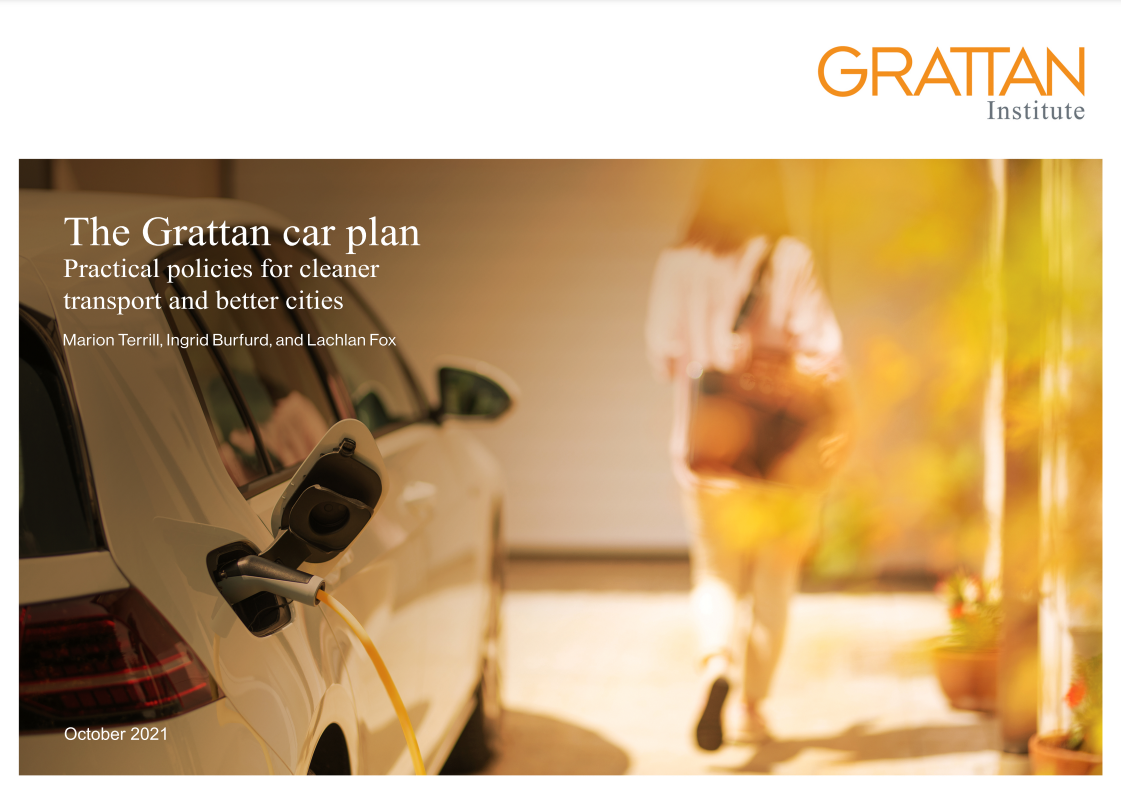



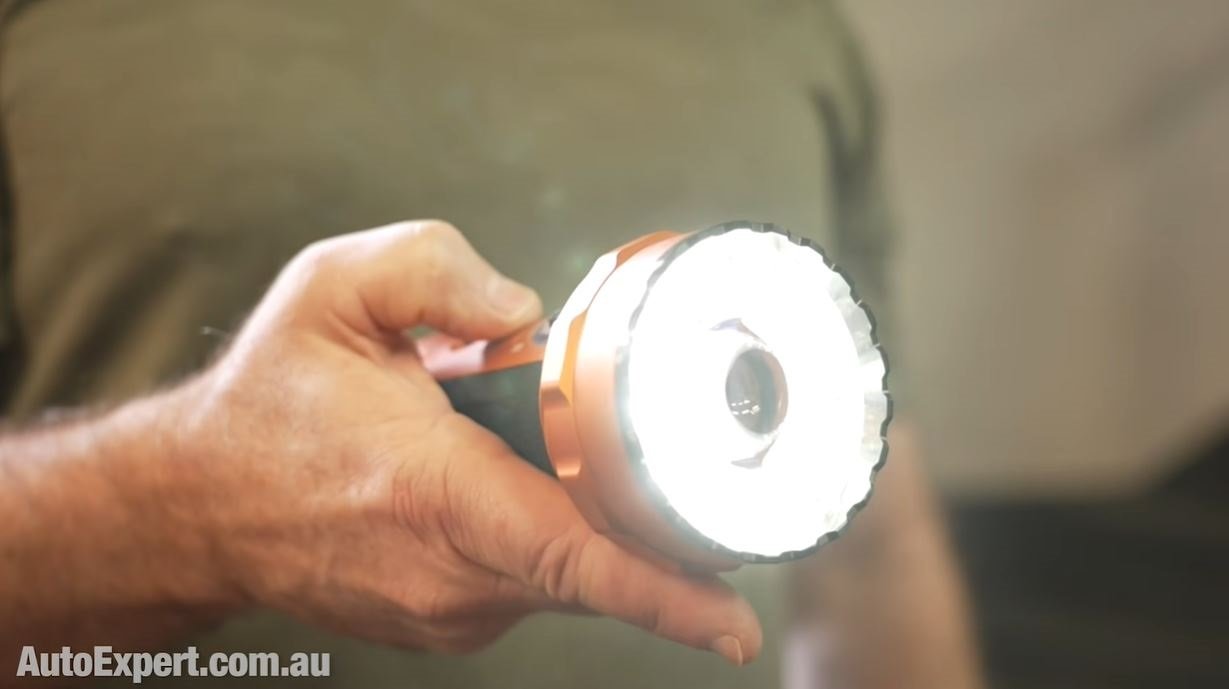
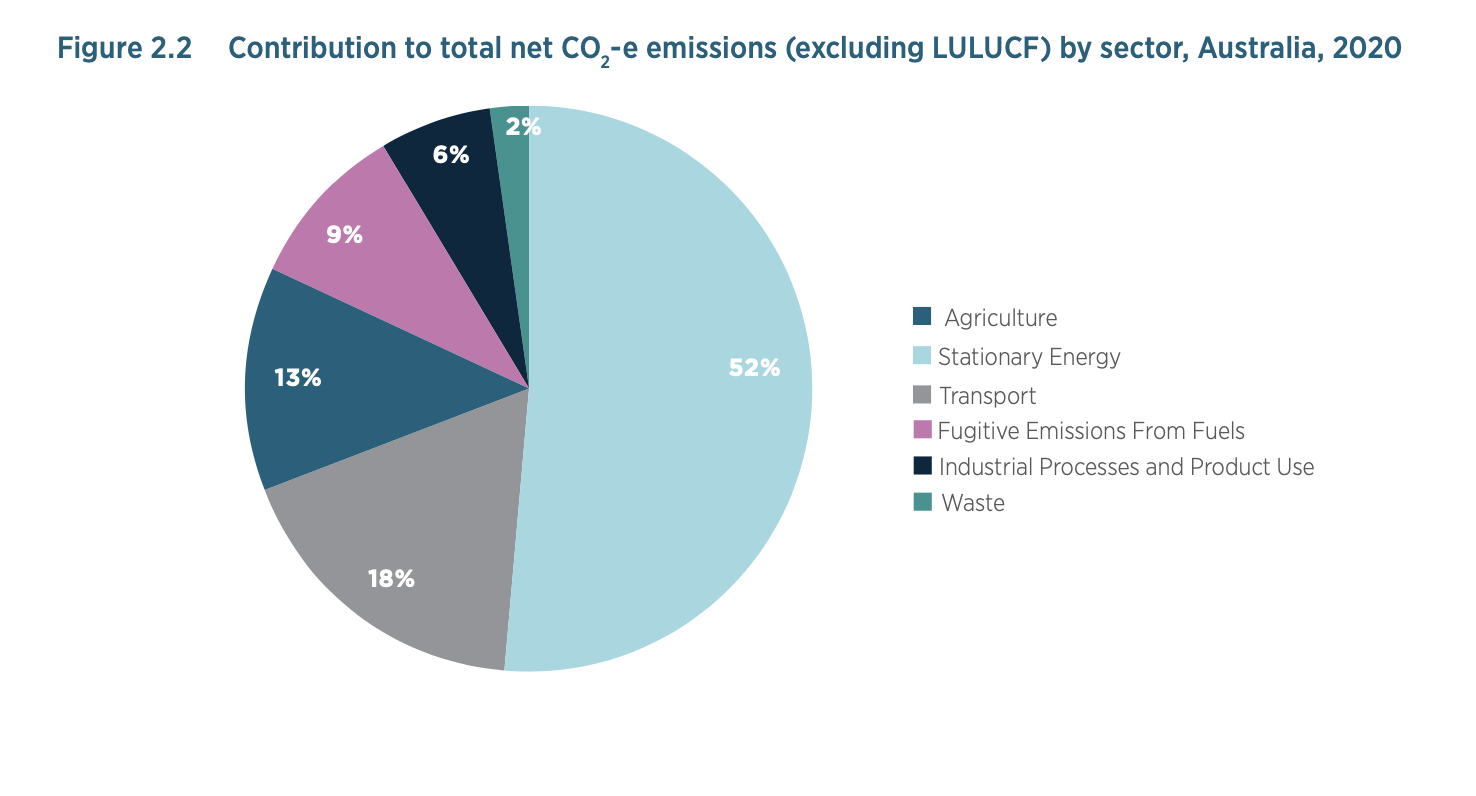





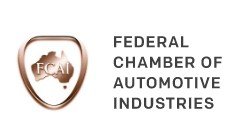
















xxxx